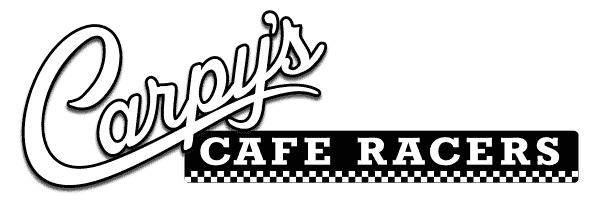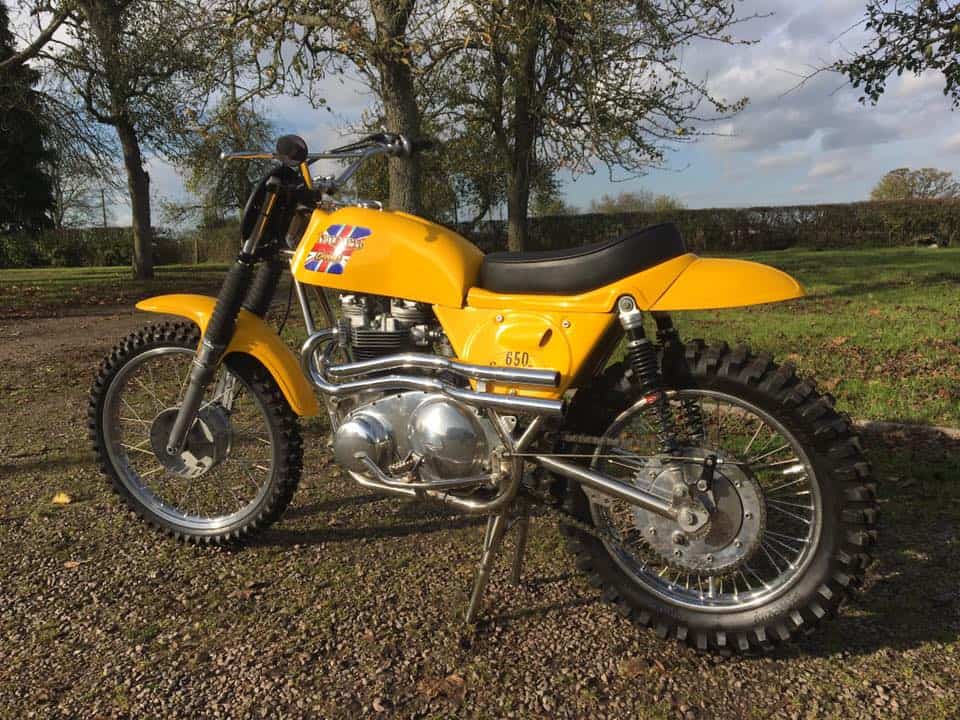No products in the cart.
1960’s Triumph Rhind Tutt RT3 650cc Pre-Unit WASP Scrambler
08
Nov
Rob Rhind Tutt started making his RT3 frames in the early sixties.
They were produced in motocross and road race variants and were a contemporary of the Rickman Mk 3 scrambles frames. They look very similar to each other due to the fact that the fiberglass fuel tanks mudguards and saddle/airbox units were designed and manufactured by the same people. Also both frames carry their oil supply inside their nickel plated frame tubes. Underneath the plastic however the frames are quite different, when you look at them in detail. In my opinion, (and not surprisingly that of Rob Rhind Tutt) the Wasp RT3 is simply better than the Rickman Mark 3……let me explain;
The Rickman frame has two full loops, each is made of two main tubes. One swoops down from the top of the steering head in front of the engine, passes under the engine then cranks up and finishes at the rear shock absorber top mount.

The second is welded to the first tube close to the swinging arm pivot, this then heads upwards behind the engine, then over the top of the engine before joining the bottom of the steering head. This gives two areas of weakness the welded joint near the swinging arm pivot and the point at which the frame tubes cross over just behind the steering head.
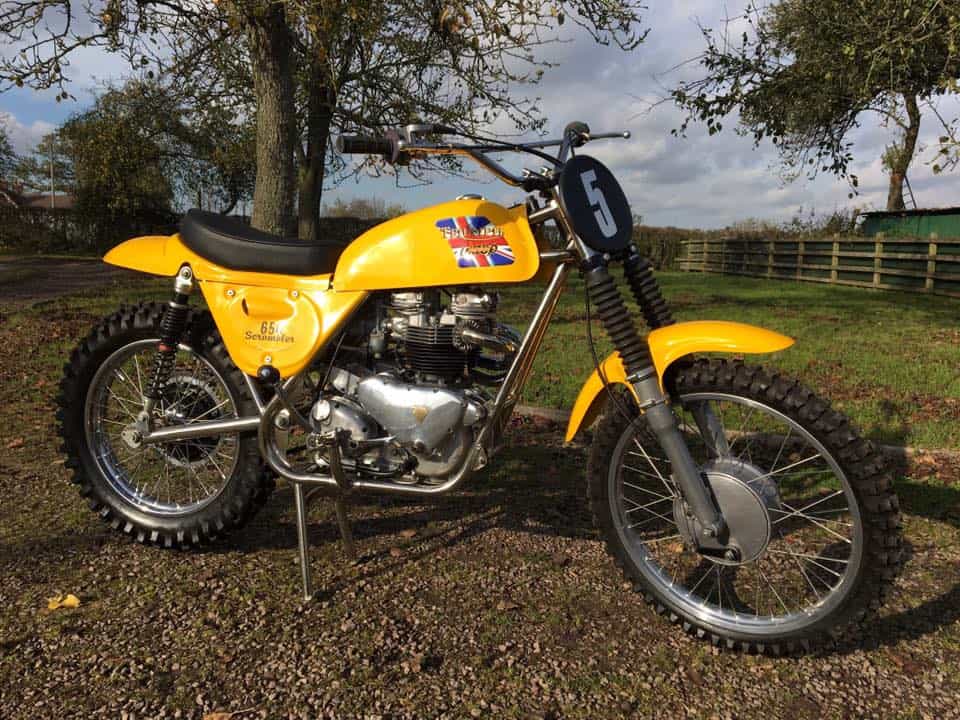
The former is strengthened by a pair of hefty plates carrying the swinging arm pivot point and the latter requires some serious head- steady bracing (like on the Norton Featherbed). It isn’t really a surprise then that Rickman frames that are used on modern motocross tracks with huge jump tend to break their frames in the area of the steering head cross over.

When you come to adjust the rear chain on a Rickman you are in for a horrible task. Adjustment is done at the swinging arm pivot point with a huge variety of different eccentric discs that have to be replaced by a trial and error process, until the correct one is found……not a job you’d wish to carry out ion a rush between races, in a muddy field.

The Wasp RT3 frame is made from two full loops of smaller diameter tubing. Each tube starts at the bottom of the steering head then swoops under the engine before heading back up from the swinging arm pivot straight to the top of the steering head.
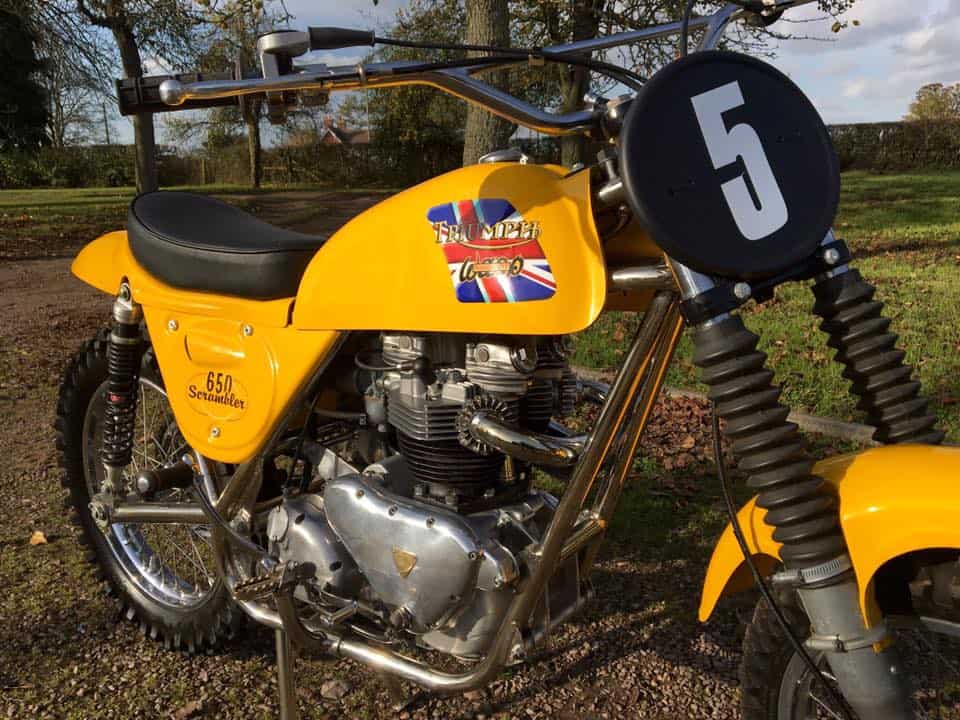
By avoiding a tube cross over at the steering head it is intrinsically stronger and most Wasps don’t need to run a head steady…..the frame is that strong! This frame design is the same as the later Rob North Triple race frames. When the time comes to adjust the rear chain, the adjustment is carried out at the rear wheel spindle.
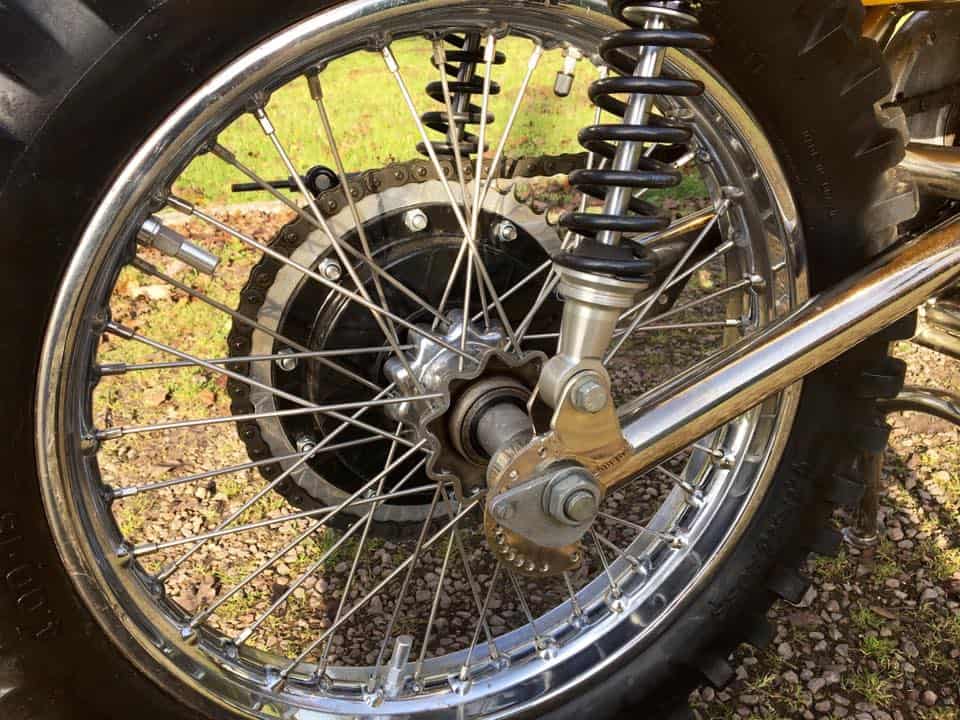
where a pair of beautifully crafted aluminium offset drilled spindle holders rotate inside the swinging arm and then get pegged into a crescent of holes which give exact linear movement increments, through their rotation. It really couldn’t be easier.
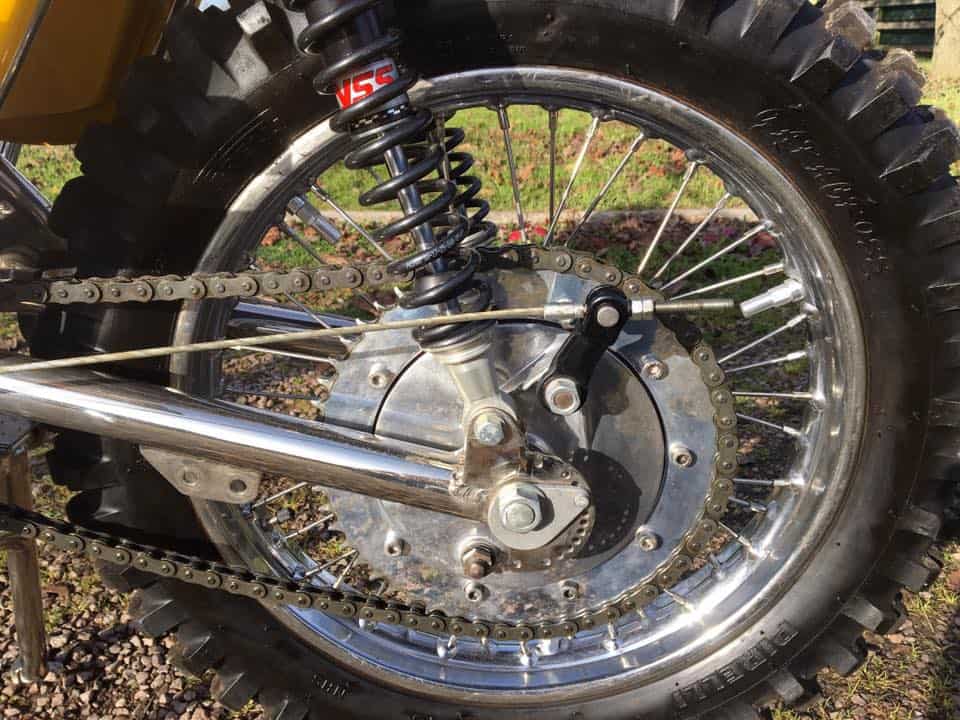
While the Wasp frame was used successfully by a number of top racers in the sixties, it is the Rickman that was produced in greater numbers both then and now.
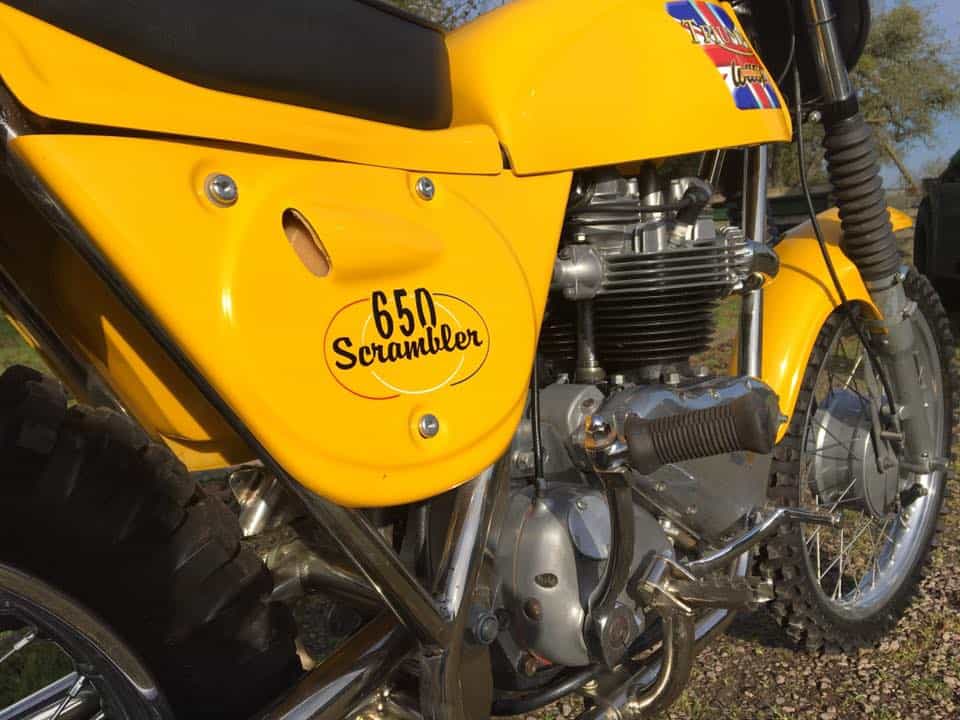
In the mid 1960’s Rob built a run of about 8 RT3’s intended for tarmac racing rather than for playing in the mud, on of these was used by a serving Royal Marine Sergeant in the Singapore Grand Prix in 1966 running a 650 pre-unit Triumph engine and AMC gearbox together with Norton forks and wheels.
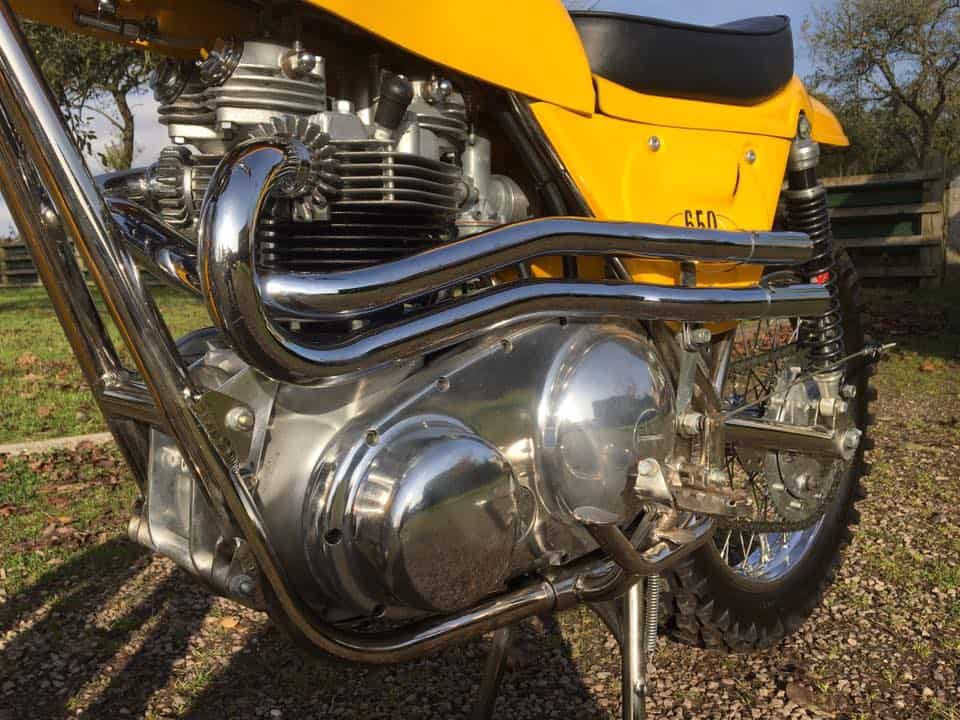
Another RT3 was used by Brian Scammell running a unit 500 Triumph engine, which Brian later up-rated with his own designed and manufactured double overhead cam top end. This was raced by Brian on British race tracks from about 1966 through to 1972.

In the Restoration Gallery is a selection of photos of Wasp RT3 framed bikes, showing they can be fitted with a variety of different engines from Triumph Unit 500 to NRE 950 and everything in between!

Bit more on the WASP SOLO:

Wasp Motorcycles Ltd
50 Years
Manufacturing motorcycle frames and forks.
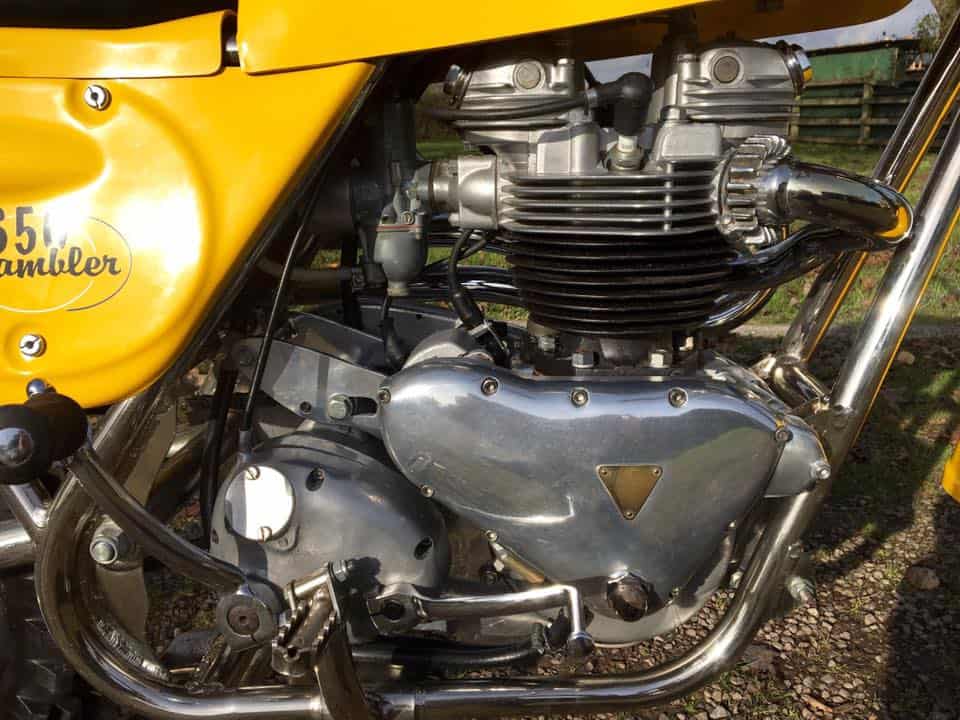
HomeOn the roadWasp MX SoloWasp Trials SoloThe MkIII,MkIIIa and MkIV solosBSA scramblerPre 85 Twinshock sidecarcontactGallery
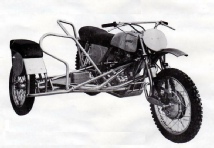


RT3 Solo
Following Rob’s original RT1 grass track outfit and the first RT2 sidecar outfits, one for Rob for grass track and one for motorcross rider Mike Guilford. The RT3 was the first real production kit built by Rhind-
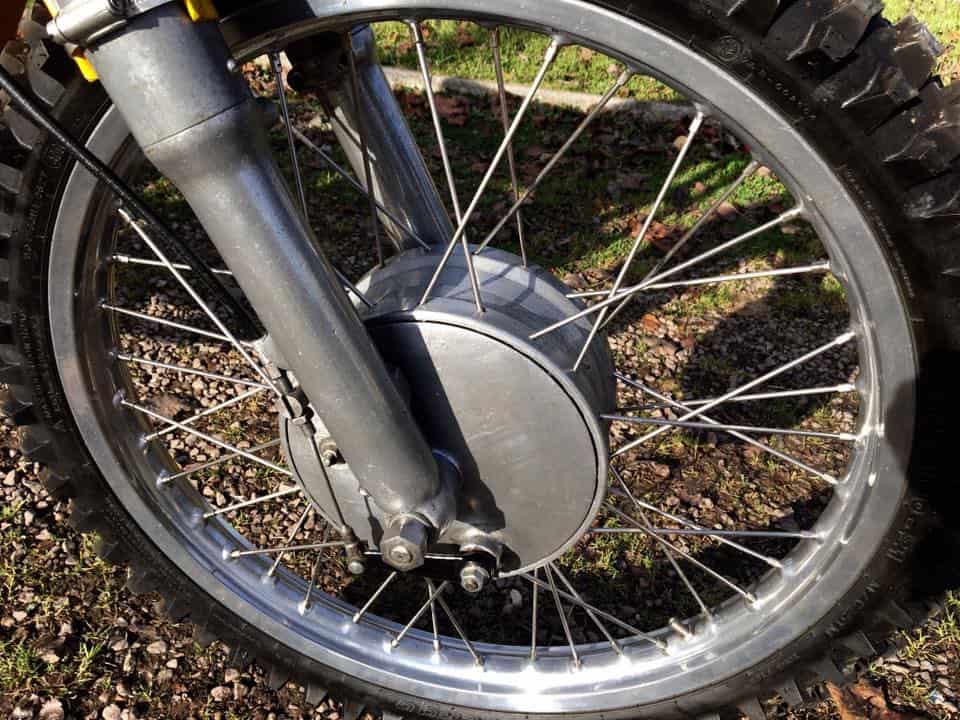
With this bike was born the name “Wasp”
Although at a glance it’s appearance is similar to the “Metisse” created by Derek and Don Rickman, without it’s pretty fibreglass it’s clearly not a copy.

Ridden by some great rider’s, Rob Jordan, Ken Messenger, Frank Underwood, I could go on. The RT3 entered the world scrambling scene with some success. It was also used as a road racer and has been made into some nice street bikes.
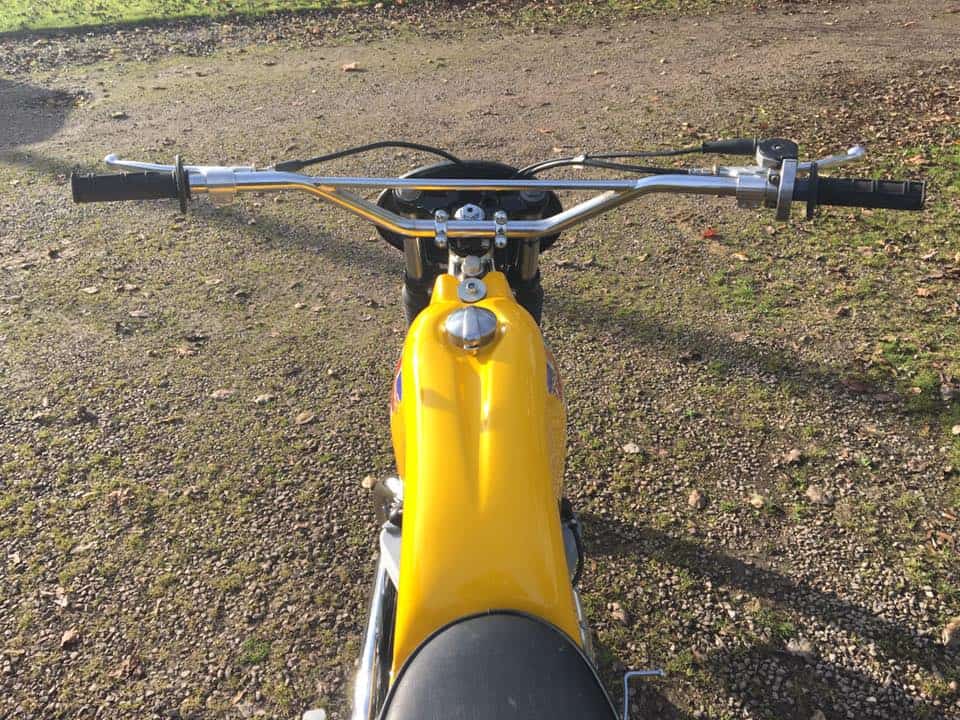
The frames are made from 4130 chromoly tubing, bronze welded and bright nickel plated.
Kit weight:
Large capacity fuel tank available.
Fiberglass is available in a large range of plain and metalic colours.
Seats are upholstered in black as standard with bespoke upholstery available.
Contact Rob or Mark
Tel: 01722 792827
Fax: 01722 790503
info@waspmotorcycles.com
